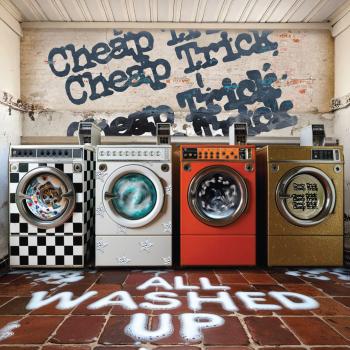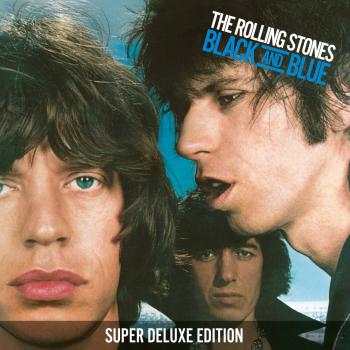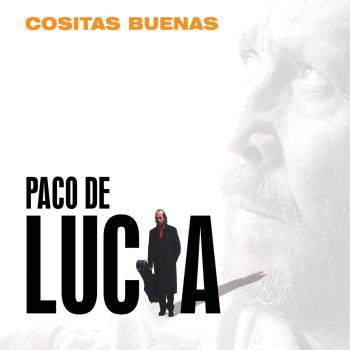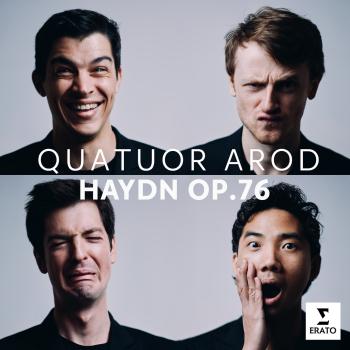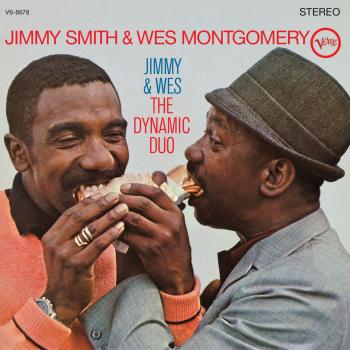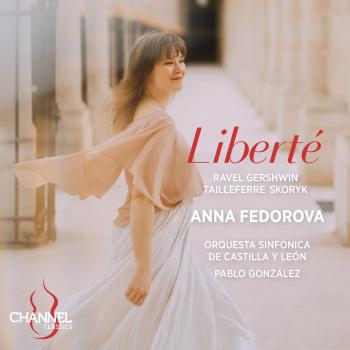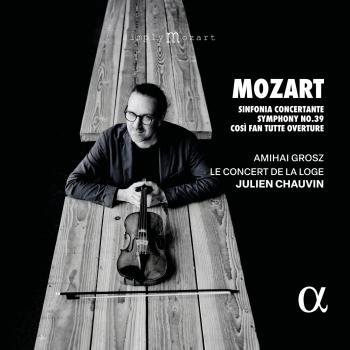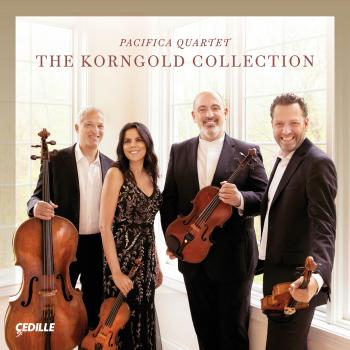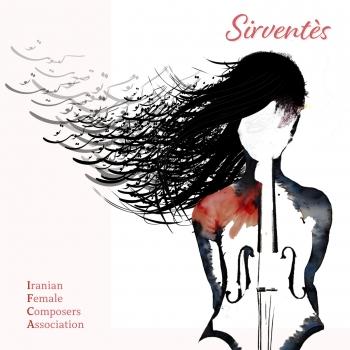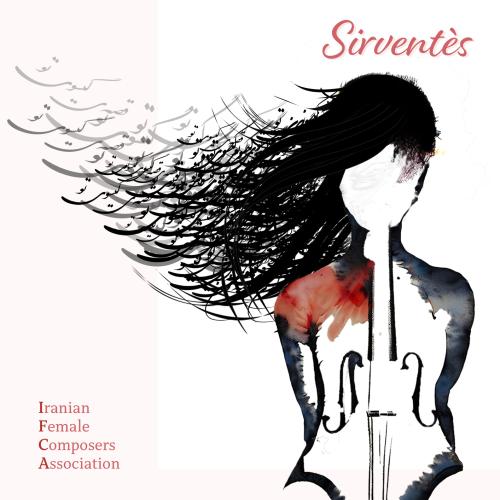
Album Info
Album Veröffentlichung:
2023
HRA-Veröffentlichung:
21.04.2023
Das Album enthält Albumcover Booklet (PDF)
- Mahdis Golzar Kashani (b. 1984): And the Moses Drowned:
- 1 Kashani: And the Moses Drowned 13:57
- Nina Barzegar: Vulnerable:
- 2 Barzegar: Vulnerable 11:21
- Nasim Khorassani (b. 1987): Growth:
- 3 Khorassani: Growth 07:10
- Niloufar Iravani: The Maze:
- 4 Iravani: The Maze: I. Energetic 04:14
- 5 Iravani: The Maze: II. Lyrical 03:41
- 6 Iravani: The Maze: III. Mysterious 02:52
- Anahita Abbasi (b. 1985): Sirventès:
- 7 Abbasi: Sirventès 09:20
- Mina Arissian: Suite for Cello:
- 8 Arissian: Suite for Cello: I. 02:53
- 9 Arissian: Suite for Cello: II. 02:03
- 10 Arissian: Suite for Cello: III. 04:02
Info zu Sirventès
Cleveland Orchestra cellist Brian Thornton releases Sirventés, a collection of new works for cello, solo and in ensemble, by members of the Iranian Female Composers Association. Thornton's powerfully expressive style is perfectly suited for these characterful works. In a fraught moment for members of the Iranian diaspora, IFCA and Thornton make a statement that gives voice to the work of several Iranian female composers.
Cellist Brian Thornton releases this evocative collection of solo and ensemble works by members of the Iranian Female Composers Association (IFCA). Thornton’s rich sound and expressive power are perfectly suited for the diverse range of aesthetics represented on the album. The works are a testament to an enduring cultural thread in works by members of the Iranian diaspora despite the divergent situations in which they found themselves creating their music.
Sirventès opens with a four part work written for string quartet in 2017 by Mahdis Golzar Kashani, And the Moses Drowned. The Tehran born Kashani dedicates the piece to children killed in the Syrian war. The opening “Largo, Espressivo: develops a motive of repeated notes followed by a descending glissando, landing on a prayerful pad of harmony. Kashani contrasts that figure with longer sustained lines that intensify dramatic tension. “Vivace, Con Brio” is vigorously rhythmic, traversing folkloric, modal material in mixed meter. In “Lento, Con Moto” we hear a mournful melody offset by spiccato interjections. “Vivaco, Con Brio” reprises the material from the previous Vivace, bringing the piece to a forceful conclusion.
Nina Barzegar’s solo cello work Vulnerable follows, exploring the delicacy of note choice in a modal context. Drawing parallels between emotional vulnerability and the vulnerability of a musical system in which subtle note changes alter the meaning of a phrase, Barzegar develops a dialogue between bowed and plucked notes, establishing a ritual tone from the work’s opening notes, wringing expression out of the pizzicato passages with subtle glissandi. The second half of the work becomes more animated, culminating in a passage of implied counterpoint between the low and middle registers, before reintegrating the pizzicato gestures for its close.
Nasim Khorassani’s Growth for string trio emerges from a four note cell of B, C, D, and Eflat. Tremolandos percolate under searching melodic figures as the instruments trade foreground roles. Khorassani mines the intervallic content of the four pitches, vertically, and melodically, to create a texture that gains its intensity from its focus.
Niloufar Iravani’s 2017 string quartet The Maze is in three parts, depicting the evolution of emotions as one navigates a maze. “Energetic” is in the Phrygian mode, and opens in a flowing, triple meter to capture the excited anticipation of beginning the journey. “Lyrical” turns to the octatonic scale for pitch material, its symmetrical structure an apt choice for expressing the feeling of going around in circles. Ives’ Unanswered Question is the inspiration for the final movement, “Mysterious,” as insistent repeated figures capture the rising stress of looking, and not finding, a way out. The major sixth chord that closes the piece suggests that the protagonist has emerged unharmed from the maze.
Anahita Abbasi’s title track for cello and percussion contains the album’s most adventurous music. The origin of the word sirventés lies in the south of France, where it was a sung poem that was usually either satirical, political, or a morality play. Ancient Persia also had a rich tradition of sung storytelling, and here Abbasi channels both lineages, narrating an abstract tale through rarefied sounds on the two instruments. The writing for both instruments migrates between pitched and unpitched, conventional and extended sounds, putting them on equal footing and lending them versatility in terms of their roles in the story. Abbasi deftly paints the setting with evocative foreground and background activity, establishing quasi-leitmotifs throughout (the hybrid gesture of bells-woodblock-cello overpressure for instance) that give structural clarity and suggest characters navigating a linear story.
Mina Arissian’s Suite for Cello closes the album in romantic, lyrical fashion, as she explores questions of migration, hope, and renewal. It is an ideal vehicle for Thornton’s powerfully expressive playing. The opening movement centers around an incomplete phrase, echoing the uncertainty of starting a new journey in life. Tempered exuberance characterizes the second movement, with arpeggiations activating the resonance of the instruments, a veiled sense of hope peaking through the clouds. The final movement traverses more diverse territory, from climactic tremolos, to haunting, disembodied harmonics, to furious passagework.
Thornton’s playing is exquisite throughout, always at the service of the composition and the musical moment. Sirventés presents only one snapshot of a vibrant and vital repertoire from Iranian composers throughout the world. The album contributes to the continued life of these valuable pieces in the hopes that they find their way into the hands of many other cellists. (Dan Lippel)
Katherine Bormann, violin
Alicia Koelz, violin
Eliesha Nelson, viola
Brian Thornton, cello
Callisto Quartet
Brian Thornton
a native of Colorado, became a member of the cello section of The Cleveland Orchestra at the beginning of the 1994-95 season. As cellist and conductor, he has performed in hundreds of venues across the world, from The White House in Washington D.C. to the Great Hall of the People in Beijing,China. He has performed as a soloist with more than 30 orchestras across the United States, as well as in many chamber music collaborations with different ensembles. With his special interest in modern music has led him to premier works by composers including Donald Erb and John Adams. Mr. Thornton has taken part in premiering more than 100 new works of music as a soloist or in chamber ensembles, as well as participating in many Cleveland Orchestra premieres. He especially enjoys taking part in concerts that benefit special causes, including the Muscular Dystrophy Society, and took part in concerts in Cleveland for the Red Cross for earthquake and tsunami relief in Japan. Brian has been a Yamaha Artist since 2010, and makes frequent trips to Japan to teach and play audience engagement concerts there. Brian Thornton and his wife, Jennifer Woda, a mezzo-soprano, have two daughters, Maya and Madelyn.
Callisto Quartet
Praised for their “lush intensity and bravado” and the “cohesion and intonation one might expect from an ensemble twice their age” (Third Coast Review), the American-Canadian Callisto Quartet brings together four musicians who share a deep passion for bringing chamber music to audiences around the world. Since their inception at the Cleveland Institute of Music in 2016, Callisto has garnered top prizes in nearly every major international chamber music competition and has been hailed by audiences across the globe. Grand Prize winners of the 2018 Fischoff National Chamber Music Competition and Second Prize Winners of the 2019 Banff International String Quartet Competition, the Callisto Quartet has also taken home prizes from the Bordeaux, Melbourne, and Wigmore Hall competitions. Currently the Fellowship Quartet in Residence at Yale University, Callisto has previously held residencies at Rice University’s Shepherd School of Music and the Escuela Superior de Música Reina Sofía in Madrid, Spain. From 2020-2022 Callisto was the Ernst Stiefel Quartet in Residence at Caramoor Center for Music and Arts, where they were the first quartet to perform all six string quartets of Bartòk.
The Callisto Quartet maintains an active touring and performing schedule, which has included notable appearances in Carnegie’s Weill Recital Hall, the Kennedy Center, the Schneider Concert Series, Ravinia Festival, and the Heidelberg String Quartet Festival. Additionally, Callisto has been invited to perform at renowned chamber music festivals throughout North America and Europe, such as the La Jolla Music Society Summerfest, the Great Lakes Chamber Music Festival, the Emilia Romagna Festival, the Jeunesses Musicales Deutschland Chamber Music Campus, the Norfolk Chamber Music Festival, and the McGill International String Quartet Academy. At the invitation of Gerhard Schulz, they attended the 2018 Prussia Cove International Musicians Seminar where they also worked with Gidon Kremer and Thomas Adès. In 2021, Callisto performed a series of concerts in Berlin and Schleswig-Holstein, Germany, at the Musethica International Chamber Music Festival, where they collaborated closely with Avri Levitan. Callisto has been honored to collaborate with many legendary artists, including cellist David Geringas at the Cleveland Cello Society’s 20th anniversary concert and clarinetist Franklin Cohen on the ChamberFest Cleveland Series. Over the 2018-2019 seasons at the Great Lakes Chamber Music Festival they have shared the stage with musicians such as Paul Watkins, Lawrence Power, and Gilles Vonsattel. In 2021, Callisto recorded Schubert’s Cello Quintet with Desmond Hoebig for the 2021 Banff International String Quartet Festival.
The Callisto Quartet is committed to continually broadening their musical horizons by drawing inspiration from a plethora of mentors and musical approaches. They are also dedicated educators and believe in the importance of mentoring students and connecting with audiences in a meaningful way. Callisto most recently developed a unique chamber music curriculum entitled “Chamber Music Deconstructed: a Comprehensive Curriculum developed by the Callisto Quartet”, which they implemented during their 2021-22 teaching residency at the Fine Arts Center in Greenville, SC, and are currently bringing to other schools across the United States. Currently, Callisto is the Quartet in Residence at the Suzuki Music School of Westport, where they head the chamber music program.
Booklet für Sirventès

